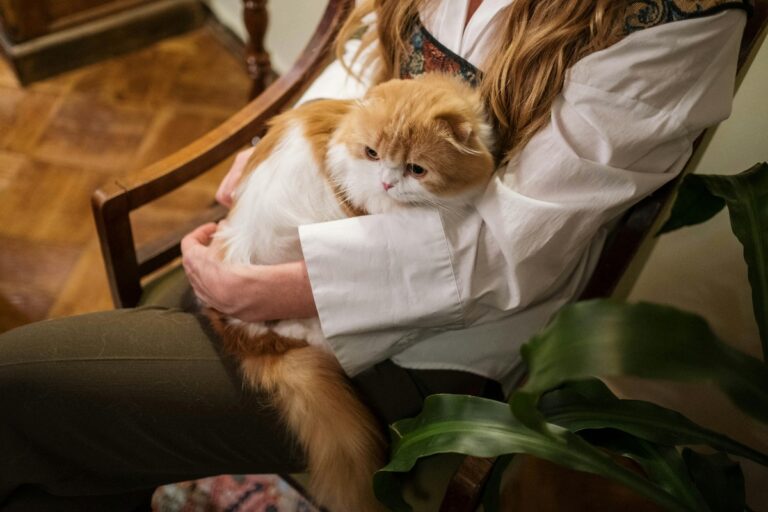10 Reasons Why Your First Pet Shouldn’t Be a Cat
When deciding to adopt a pet, many first-time pet owners immediately think of cats due to their independent nature and relatively low maintenance. However, cats might not always be the ideal choice for a first pet. While they can be affectionate and easy to care for in some respects, there are various challenges that first-time pet owners may not anticipate. Here are 10 key reasons why your first pet shouldn’t be a cat.
1. Independent Nature and Limited Emotional Bond
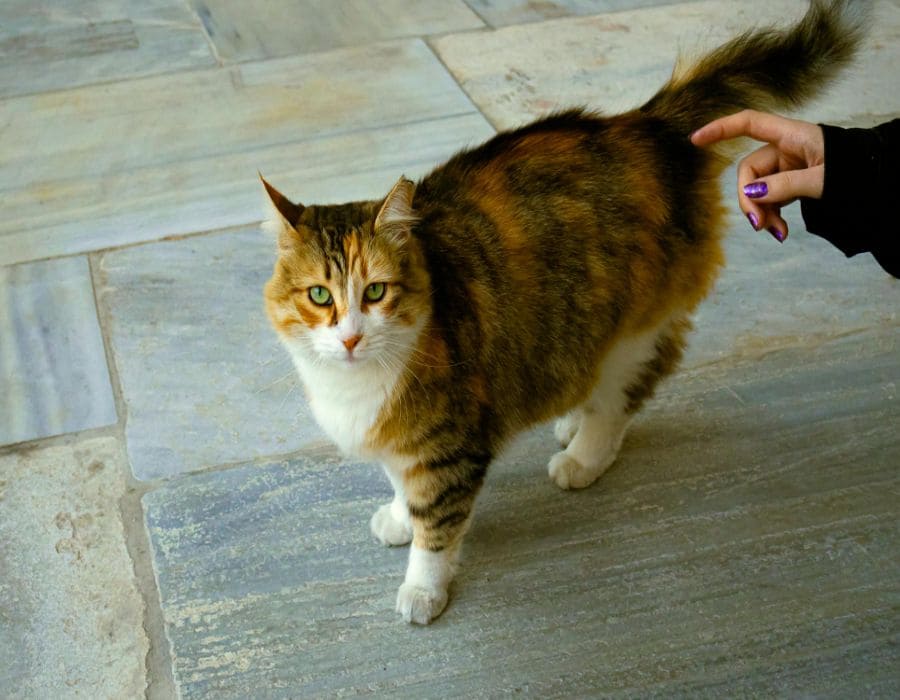
Cats are known for being independent creatures. Unlike dogs, who crave constant companionship and thrive on social interaction, cats often enjoy spending time alone. While many cats do form strong bonds with their owners, they tend to show affection on their own terms. For first-time pet owners, this may be confusing or disappointing, especially for those who expect the same level of affection or companionship that dogs typically provide. Cats may not always want to cuddle, follow you around, or play fetch, which can leave some owners feeling disconnected.
2. Litter Box Training and Maintenance
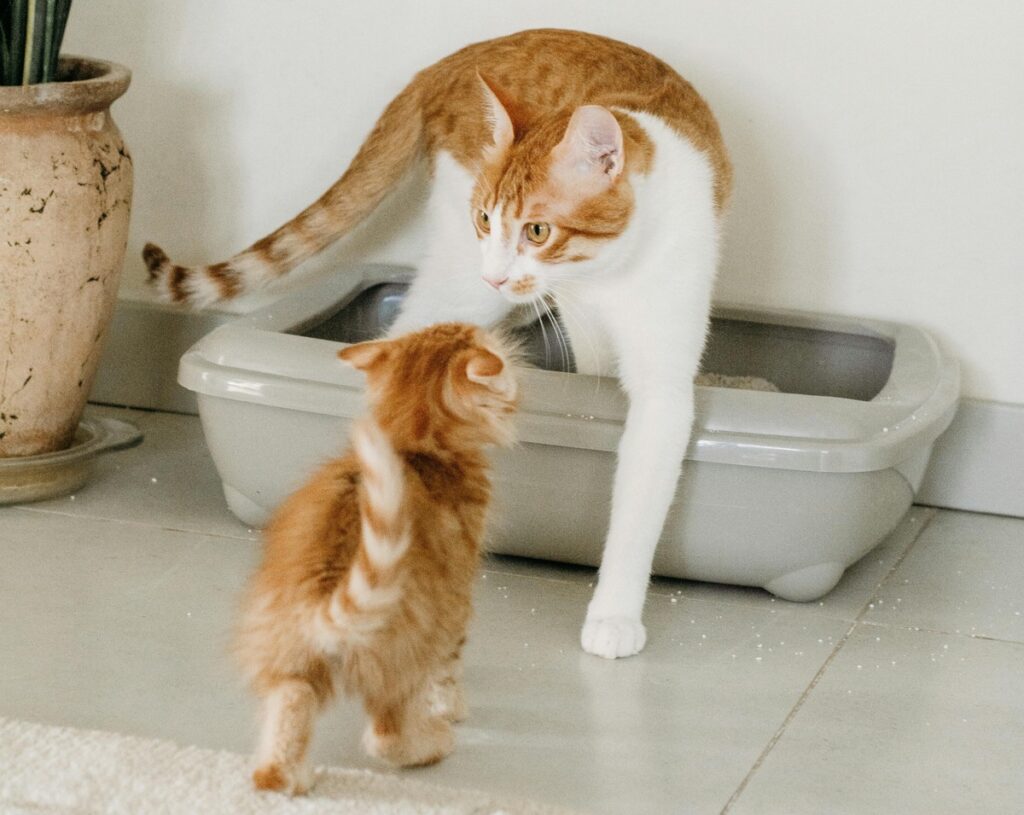
One of the primary challenges of owning a cat is managing their litter box. While litter boxes may seem convenient, they require constant attention to keep clean. Cats are generally very particular about their litter box, and if it’s not kept clean, they may refuse to use it, which can lead to accidents around the house. Cleaning the litter box regularly is essential for maintaining a clean and odor-free home. First-time pet owners may find the constant cleaning and maintenance of a litter box to be more demanding than they anticipated.
3. Behavioral Issues

Cats, like all animals, have their quirks, but they can also develop behavioral issues that are difficult to manage for first-time pet owners. For example, scratching furniture, biting, and territorial behavior can be problematic. While scratching is a natural behavior for cats, it can lead to significant damage to furniture, carpets, and other household items. Cats may also become aggressive or overly territorial, especially if they are stressed or feel threatened. Managing these behaviors can require patience, training, and an understanding of feline psychology, which first-time pet owners may not be prepared for.
4. Health Concerns and Vet Visits
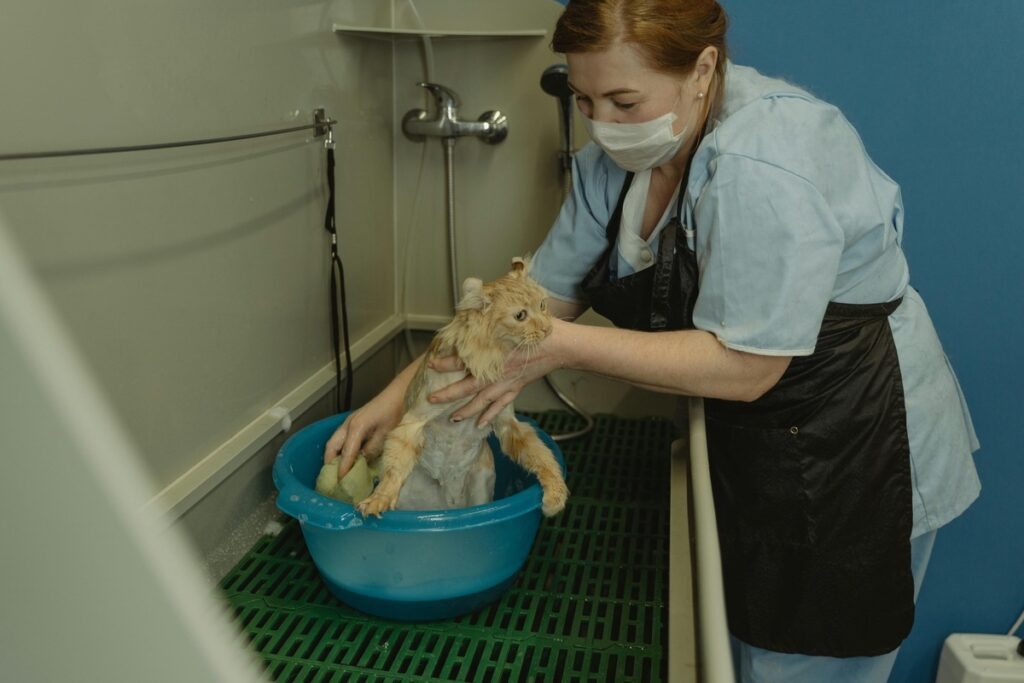
Cats require regular veterinary care just like dogs, but some first-time pet owners may underestimate the health issues that can arise. Cats are prone to specific diseases like feline leukemia, kidney disease, and diabetes, which may not always be immediately obvious. Cats tend to hide their illnesses well, so they can appear healthy even when they’re not. This means that first-time cat owners might not notice a health issue until it’s more advanced. Regular vet visits, vaccinations, and preventive care are necessary for keeping a cat healthy, and some owners may find these responsibilities overwhelming.
5. Allergies and Sensitivities
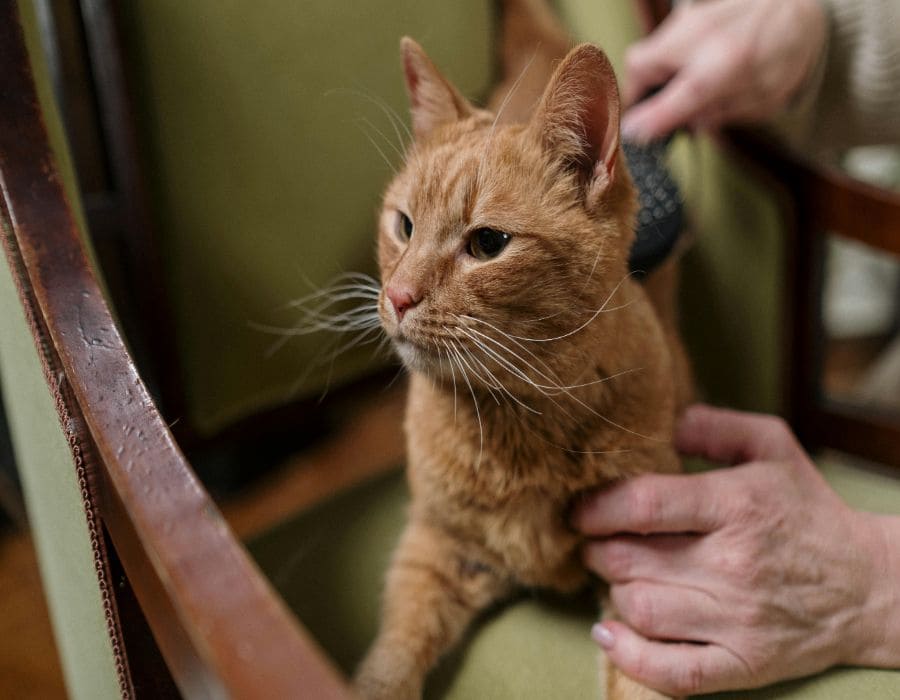
Cat allergies are relatively common, and the dander they produce can cause discomfort or trigger allergic reactions in sensitive individuals. If you or someone in your household has allergies, bringing a cat into your home might cause issues with sneezing, itchy eyes, runny noses, and more. Even if you are not allergic, you may develop sensitivity over time. While some cat breeds are labeled as hypoallergenic, no cat is completely allergy-free. For first-time pet owners who aren’t familiar with the potential for allergic reactions, this could be an unexpected hurdle.
6. Lack of Consistency in Training

Unlike dogs, cats are generally harder to train. While dogs can be taught to follow commands and learn tasks with relative ease, cats tend to have a strong-willed personality and may not always respond to training methods. While it’s possible to teach a cat certain behaviors, such as using the litter box or scratching on a designated post, these skills don’t come as naturally or reliably as they do for dogs. For first-time pet owners expecting a more obedient and responsive pet, a cat’s independent nature may be frustrating.
7. Destructive Behavior

Cats are notorious for scratching furniture, chewing cords, and knocking things off shelves. This behavior can be cute when they’re kittens but can become frustrating and costly if not managed correctly. Cats scratch to mark territory, sharpen their claws, or simply stretch. Without the proper outlets, such as scratching posts or other interactive toys, cats may turn your furniture into their personal playground. This destructive behavior can be difficult to control and may require significant effort on the part of the pet owner, especially if you are unfamiliar with the best ways to redirect these instincts.
8. Noisy at Night

Many cats are nocturnal or have higher energy levels at night, which can be a challenge for first-time pet owners who aren’t prepared for the noise. Cats may engage in playful behavior, such as running around, scratching, or meowing, especially during the early hours of the morning. This can disrupt your sleep, particularly if your cat is energetic and wants attention. While some cats may adapt to their owner’s schedule, others may continue to cause disturbances at night, making it difficult to get rest.
9. Unpredictable Socialization

Cats tend to be more selective about who they interact with. Some cats are highly social and affectionate, while others prefer to keep to themselves. Their social behavior can vary depending on their age, breed, and past experiences. For a first-time pet owner, it can be challenging to know how to properly approach a cat that is more shy or stand-offish. Some cats may require patience and careful handling to build trust, and it can take time for them to adjust to new environments or people. This unpredictability in socialization can be frustrating for someone new to pet ownership.
10. Less Active Lifestyle

Cats are often seen as more low-energy compared to dogs. While dogs need regular walks and active playtime, cats can be content lounging around the house for hours. While this makes cats easier to care for in some ways, first-time pet owners may be looking for a more interactive and active pet. Dogs, on the other hand, encourage outdoor activities and provide a higher level of engagement. If you’re seeking a more active and participatory pet experience, a dog may be a better option than a cat.
Conclusion

While cats make wonderful pets, their independent nature, behavioral quirks, and unique care needs may make them less ideal for first-time pet owners. If you’re not prepared for the challenges that come with owning a cat, it might be better to start with a pet that is more suited to your lifestyle and experience level. First-time pet owners may find it easier to start with a less demanding pet, such as a small rodent or fish, before taking on the responsibility of a more independent and often challenging cat. The key is to ensure that you choose a pet that fits your lifestyle and ability to care for them, ensuring a happy and fulfilling experience for both you and your new companion.



